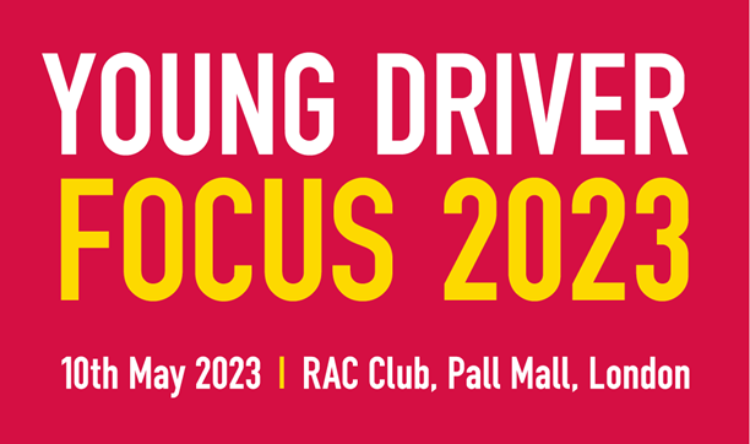20mph speed limits are ignored by drivers unless paired with speed humps
Speed limits of 20mph are only proving effective in areas which team them with speed humps, latest research suggests
![]()
Researchers found that roads which enforce ‘speed zones’ – using humps or chicanes as well as 20mph signage – reduce collisions by 41% and serious and fatal injuries by up to 46%.
Previous Department for Transport (DfT) data, however, has suggested that road signs alone are not proving a sufficient deterrent for speeders.
Reduced 20mph limits have been introduced on some residential streets in London, Birmingham, Edinburgh, Leeds, Glasgow, Brighton, Liverpool, Nottingham and Southampton.
Queen’s University Belfast reviewed DfT studies from last year, showing little evidence for the safety benefits of roads with 20mph signs only. New findings from nine 20mph zones, suggest signs alone are largely ignored by drivers.
Speed ‘zones’, however, which feature traffic calming measures are showing some promising signs.
Dr Ruth Hunter, of the Centre for Public Health at QUB, said: “Our findings show a growing body of evidence to support the use of 20mph zones, showing them to be effective in reducing the number and severity of collisions and casualties.
“Our research also found an increase in participants walking and children cycling spontaneously in 20mph zones, indicating the potential indirect positive impact on physical activity.”
The Department for Transport’s end of year report in 2018, however, found that 20mph zones in England failed to reduce air pollution or increase the uptake of walking or cycling over a four year-period.
The statistics come after the Welsh government expressed its interest in imposing a blanket 20mph limit on all residential roads.
The walking and cycling charity Sustrans welcomed the research.
Director of insight Dr Andy Cope said: “Lowering vehicle speed in residential areas to 20mph not only improves safety for our most vulnerable road users, but it can also help to reduce the dominance of vehicles making our streets and places more attractive to walk, cycle and enjoy.”
For more news and information from the RAC, please visit them here.




